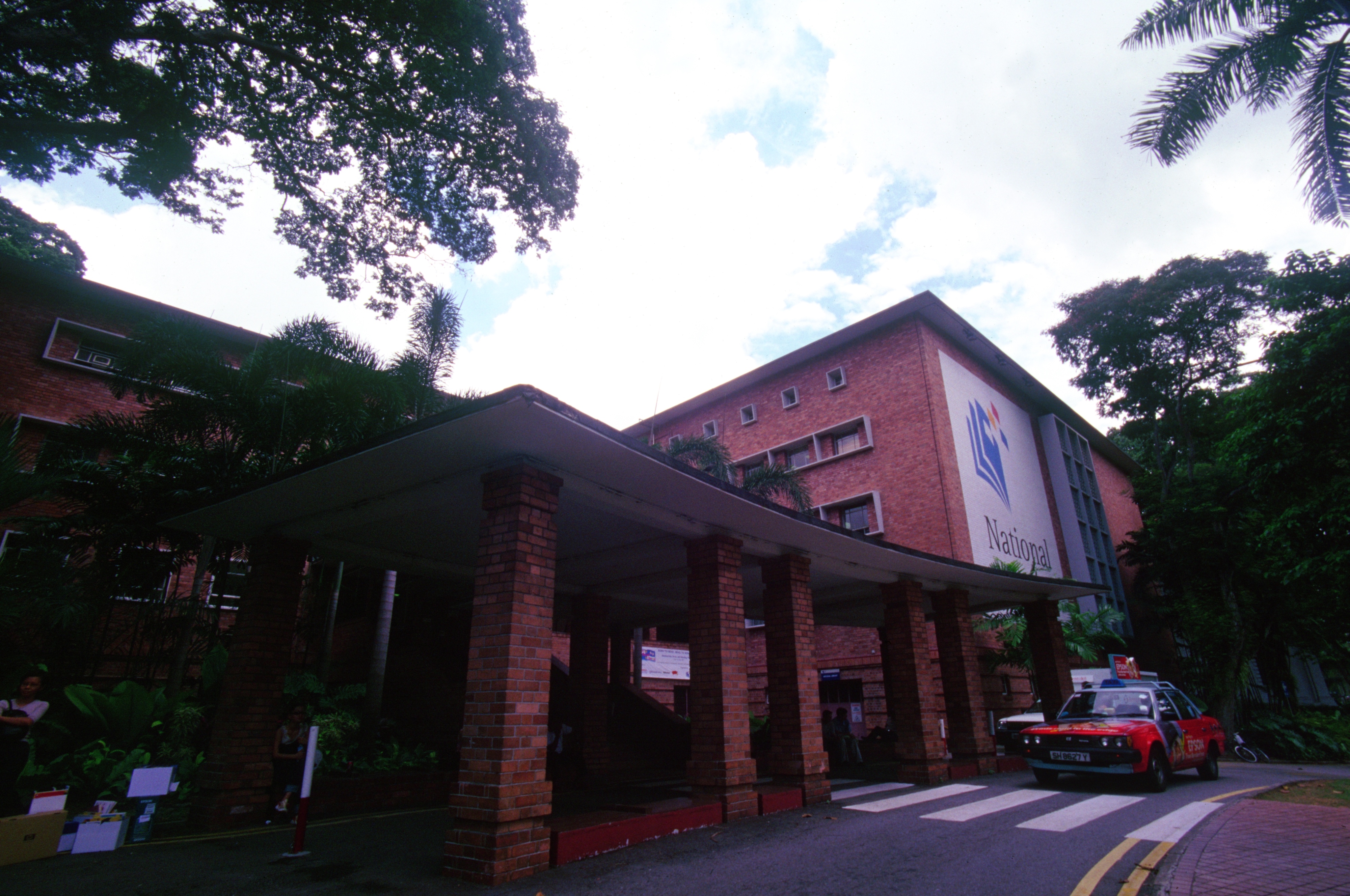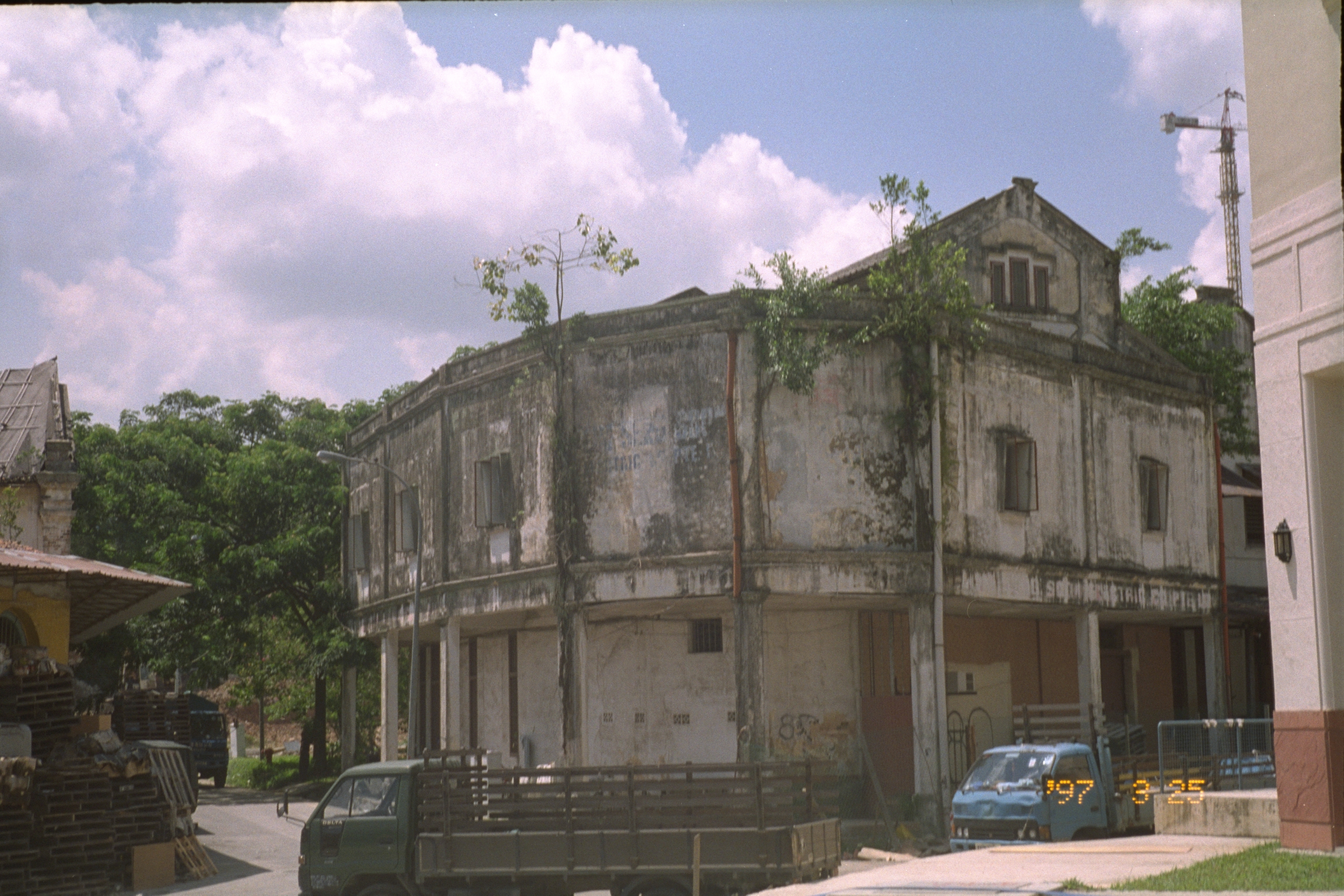Preserving a Unique National Identity
Preserving A Unique National Identity

Over the decades, conserving historic buildings has become an important component in Singapore’s urban planning. As an essential part of our nation’s heritage and cultural identity, these buildings remind us of what came before.
 Images: National Museum of Singapore/NHB and Shophouses/STB
Images: National Museum of Singapore/NHB and Shophouses/STB
In the early years of nation-building, economic development and housing were Singapore’s priorities. Many historical buildings were torn down as part of urban renewal.
But the Government recognised that our buildings are a critical part of our heritage and that there is a need to preserve them for future generations.

In 1971, the Government passed the Preservation of Monuments Act, a move to conserve historic sites and monuments. The newly created Preservation of Monuments Board (PMB) would be the authoritative body in charge. By 1973, the board had already placed the first eight buildings under its protection. This included the St. Andrew’s Cathedral, Telok Ayer Market (Lau Pa Sat), and Sri Mariamman Temple.
 Images: Lau Pa Sat and Sri Mariamman Temple / VisitSingapore
Images: Lau Pa Sat and Sri Mariamman Temple / VisitSingapore
In 1986, the URA launched its Conservation Master Plan. It earmarked six historical areas such as Chinatown and Little India for conservation. Previously, conservation efforts were made only for individual buildings. Conserving these historical and ethnic districts strengthened the nation’s social fabric, as they represent Singapore’s ethnic groups and reflect their importance to Singapore’s multicultural heritage. Conserving these sites also gives Singapore’s cityscape its unique identity.
But there have been times where the Government has had to make a difficult choice between development and conservation. This happened in 2000 when it was announced that the former National Library building at Stamford Road had to be demolished. The move was to make way for constructing a tunnel that would alleviate the heavy traffic between the Marina and Orchard area.
 Images: Old National Library / NAS
Images: Old National Library / NAS
The decision sparked public debate. Many opposed the move, as the red-bricked building was an iconic landmark for many Singaporeans. After exploring various alternatives, such as expanding Stamford Road to allow more traffic flow and digging a deeper tunnel that would leave the library untouched, the Government concluded that removing the building remained the best option. In 2004, the building was torn down.
This difficult decision illustrates the complexity in deeming what to conserve in Singapore. On the one hand, culture and history are important; on the other, there is the constant need to grow our economy and develop the country’s infrastructure. Balancing both sides is not an easy task and requires trade-offs. Nevertheless, we have tried to preserve important historical sites even as we continue to renew our built environment.
To date, the Urban Redevelopment Authority has given conservation status to over 7,000 buildings in Singapore. Many of them have been repurposed for Singaporeans to now enjoy. Examples include the Warehouse Hotel – formerly a warehouse dating back to 1895 – and the Jurong Town Hall, Jurong Town Corporation’s former headquarters, which is now home to the Trade Association Hub.
 Images: Old Warehouse along Robertson Quay / Joanne Lee Collection, courtesy of National Archives of Singapore
Images: Old Warehouse along Robertson Quay / Joanne Lee Collection, courtesy of National Archives of Singapore
“Using a collaborative approach involving government organisations, the public, and developers, the Island Republic’s Urban Redevelopment Authority has achieved a balance between free-market economics and cultural conservation”, stated a jury from the Asia-Pacific Urban Land Institute in 2006 when it commended URA for its conservation programme.
Preserving the unique character of our physical landscape also entails creating a sense of place – a place for the community to gather, interact and grow. Singapore’s efforts to develop spaces for communities has grown beyond simply creating functional spaces and towards the idea of placemaking.


